Uterine malformations vary in severity from simple malformations. that cause little symptom to severe that may rarely reach uterine degenesis.
Table of Contents
What are uterine abnormalities?
It is an abnormal fusion of the two Müller ducts responsible for the formation of the uterine cavity. The growth of the fetal uterus begins with two tube-shaped structures known as the Mueller tubes. Which combine to form the uterus starting from the first month to the fifth month of fetal life. Therefore, incomplete contact between these two ducts causes uterine malformation.
Types of uterine malformations
There are several types of uterine malformations. which vary depending on the way the Müller ducts fuse during pregnancy. These types are:
- Septal uterus
It is the most common case of congenital uterine malformations. and the uterine septum is a band of fibrous tissue that partially or completely divides the uterus. without a good supply of blood, so if the fertilized egg is implanted on the septum. the placenta will not be able to develop properly and fetal death is likely. Or the risks of premature birth, and the rate of birth of a child of normal size and weight reaches only 25%,
- Bicorn uterus
This type of malformation takes the shape of a heart and most women with bicorn uterus do not suffer complications. but in some cases the risk of premature birth is likely to increase. and the risk of miscarriage in the second trimester of pregnancy. There are no symptoms indicating infection with the two-horned uterus. and most women do not discover that this type of uterine malformations until after pregnancy.
- Unicorn uterus
It is a condition of abnormalities in which one side of the uterus is not formed properly. so the size of the uterus is smaller than the normal uterus, and women. who suffer from this uterine malformation suffer from very painful menstrual cycles. and these women often have only one fallopian tube, which increases the chances of infertility. The rhinoceros uterus increases the risk of premature birth, ectopic pregnancy. and miscarriage, so pregnancy with a high-risk rhinoceros uterus needs to be monitored by a gynecologist.
- Double uterus
It is a condition in which there are two uterus. sometimes two cervices of the uterus and two vaginas, and this type is very rare and often of genetic origin. and most women do not show any symptoms before pregnancy, although some women have the risk of miscarriage. painful menstrual cycles and premature birth.
- Arcuate uterus
It is similar to a normal uterus but with a curvature from above. and the arched uterus does not increase the risk of miscarriage in the first trimester. but increases the risk of fetal death in the second trimester. and may cause the fetus to be placed in an abnormal position. as a result of which the doctor resorts to cesarean delivery.
Causes of uterine malformations
There are several reasons for uterine malformations, including:
- A problem occurs when the fallopian tubes form leads to the formation of the infantile uterus.
- A defect occurs when the uterus coalesces, which leads to the formation of two cervices of the uterus.
- A problem occurs when the vagina coalesces and leads to the formation of a barrier in the vagina or the occurrence of obstruction of the hymen.
Symptoms of uterine malformations
There are a group of symptoms associated with uterine malformations, including:
- The accumulation of the menstrual cycle in the uterus. which leads to its failure to descend, due to blockage of the hymen.
- Delayed pregnancy.
- Recurrent miscarriages.
- Pain when having sexual intercourse.
- Premature birth.
- Cessation of fetal development and growth.
- Fetal death in the womb.
Diagnosis of uterine malformations in Turkey
These abnormalities are diagnosed through some procedures, including:
- Ultrasound.
- Radiography.
- Hysteroscopy.
- Laparoscopy.
These abnormalities are sometimes accompanied by congenital malformations in the urinary system. and therefore the necessary tests must be carried out to investigate these abnormalities, if any.
Treatment of uterine malformations in Turkey
Each type of uterine malformation depends on a different treatment method, including:
|
Deformation type |
therapy |
|
One-horned uterus |
Treatment cervical cervical cerclage may be recommended during pregnancy in women. who have previously had premature birth miscarriage or cervical inefficiency. |
|
Two-horned uterus |
Bicorn uterus usually doesn't need treatment. except for cervical suturing for women at risk of cervical insufficiency and premature birth. |
|
Double uterus |
A double uterus does not need treatment. especially if it does not cause any health symptoms or complications. But surgery may rarely be used to unify the uterus, especially in women. who suffer from health symptoms and complications. Surgery may help:
|
|
Arcuate uterus |
An arched uterus usually does not require treatment. If the woman suffers from recurrent miscarriages, the hysterectomy should be done through hysteroscopic surgery. |
|
Uterine septum |
The uterine septum is often treated with hysteroscopy to dilate the cervix and cut the septum. It is a simple surgery that increases the chances of pregnancy. and continuity and the birth of a healthy baby after surgery. |
The cost of treating uterine malformations in Turkey
Turkey has a very high level of extensive experience of its doctors. the infrastructure of its hospitals and the medical services it provides. In addition. their prices are very low in the treatment of uterine abnormalities compared to other countries.
Do uterine malformations prevent pregnancy?
There are some cases of uterine abnormalities such as endometriosis cases or double uterus or double cervix. that do not reduce the chances of pregnancy. These women can complete their pregnancy up to the ninth month naturally without problems during pregnancy.
Congenital uterine malformations are a common condition among women. so gynecologists in Turkey seek to provide adequate educational information to women about this problem and its causes. In addition, Turkey offers several advanced laboratories and hospitals such as Memorial. which is the best hospital for the treatment of uterine malformations in Istanbul.It is characterized by the presence of a medical staff that includes the best gynecologist in Istanbul, Prof. Dr. Sona Özdemir. For more information, you can contact the Medici Center for a free and immediate consultation.
read more: IVF Tube Baby





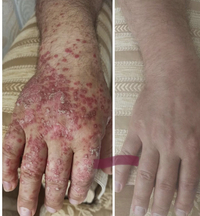


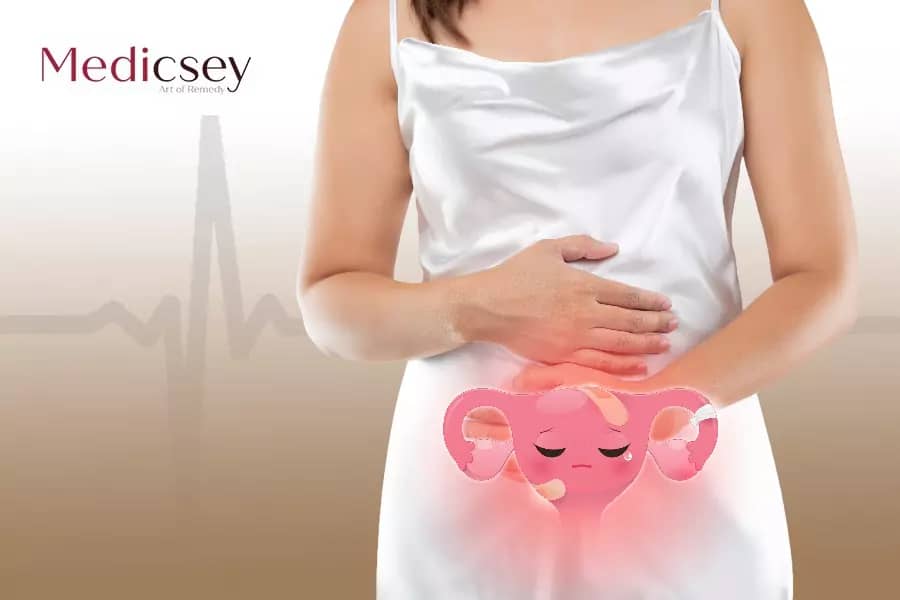
.webp)
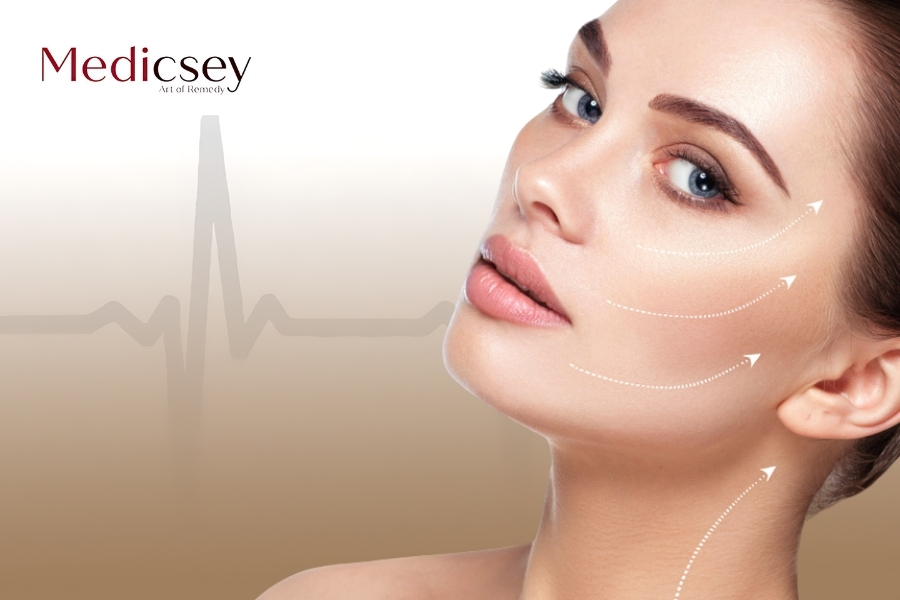

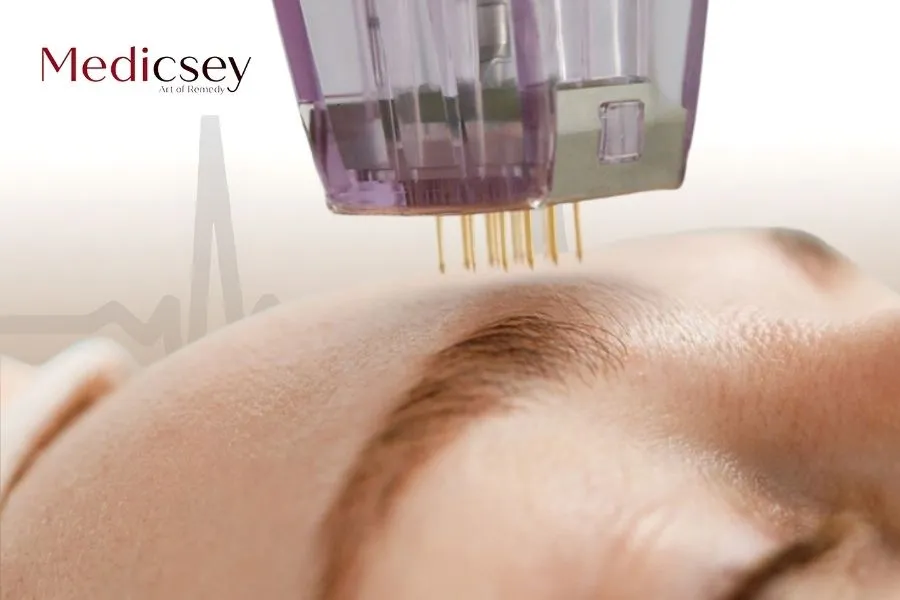.webp)
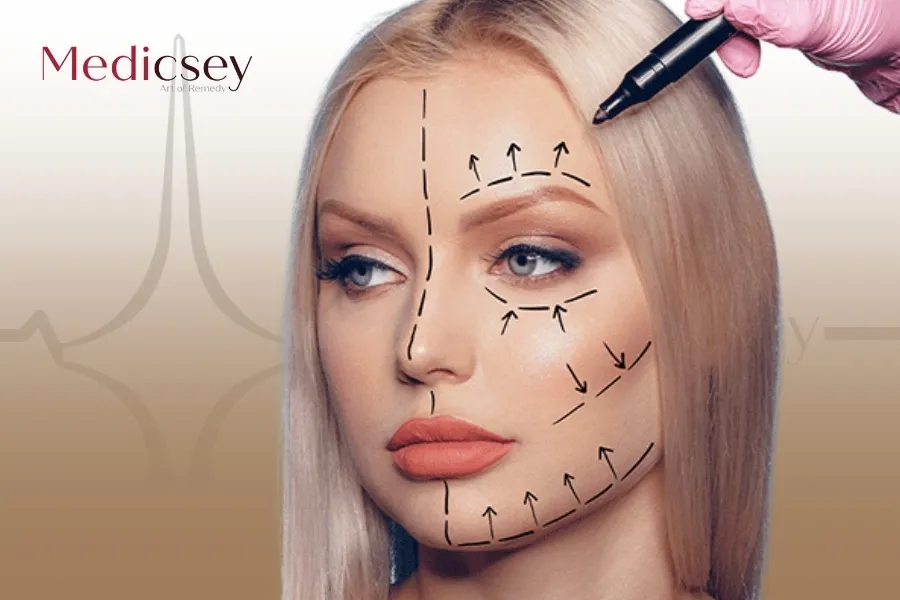

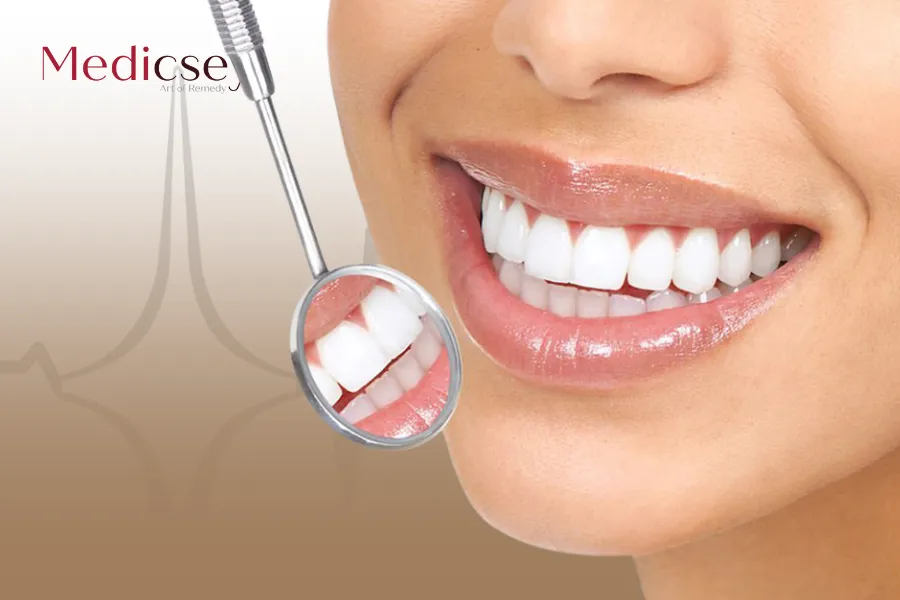.webp)